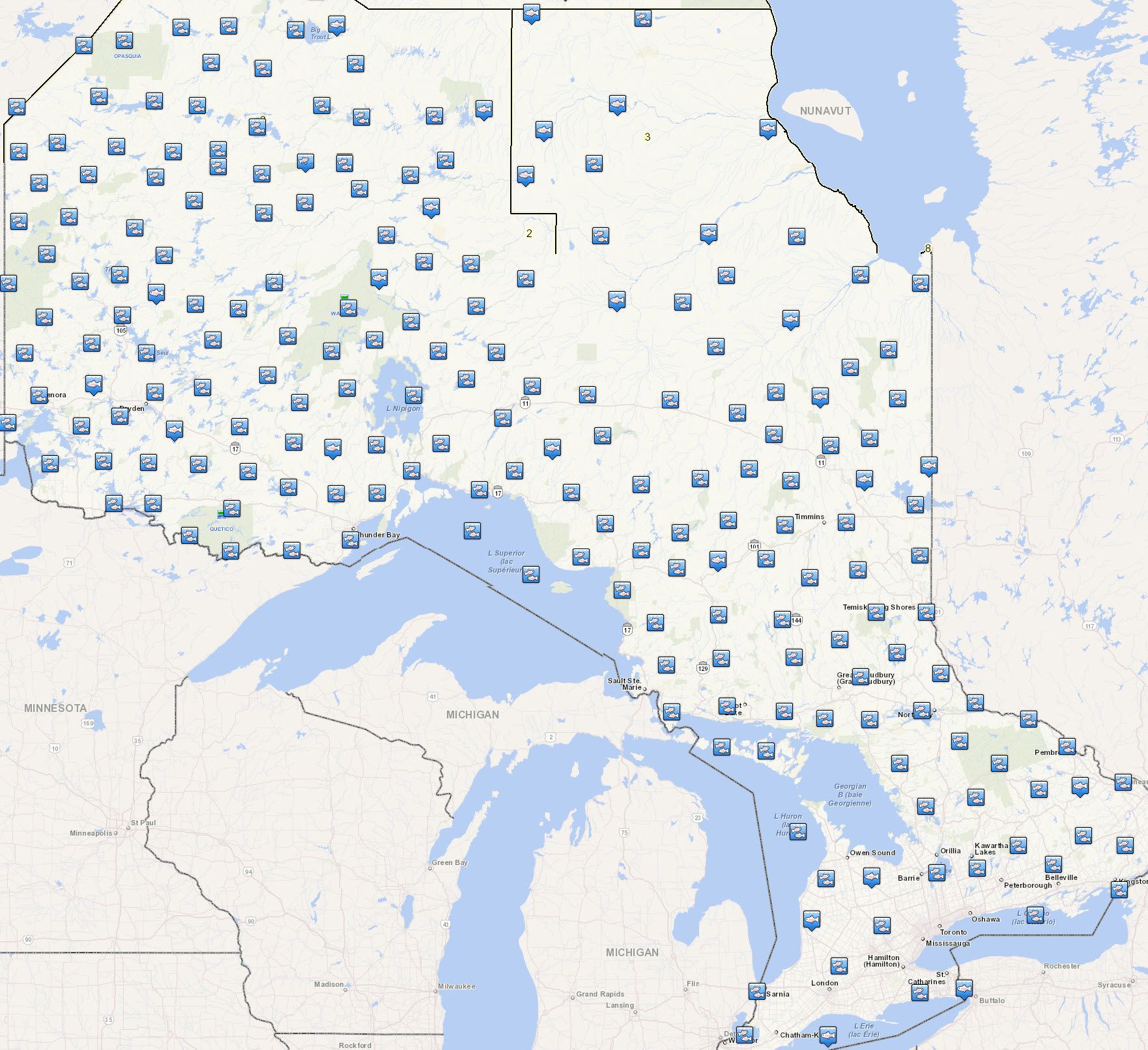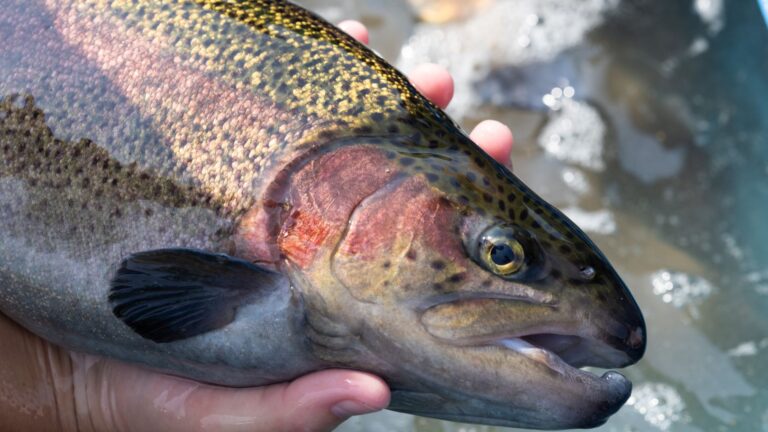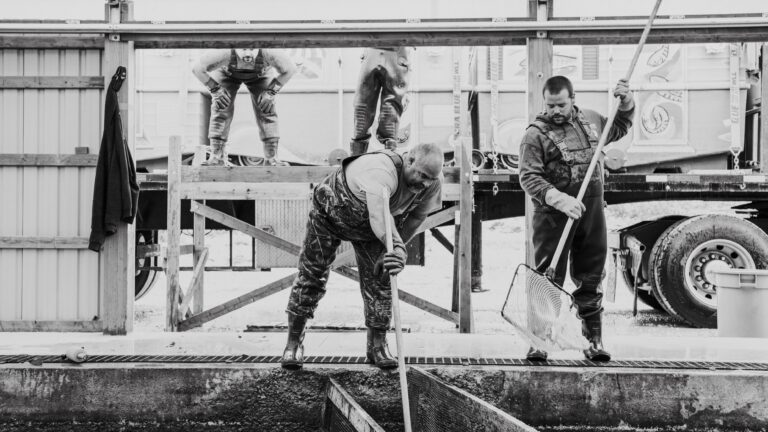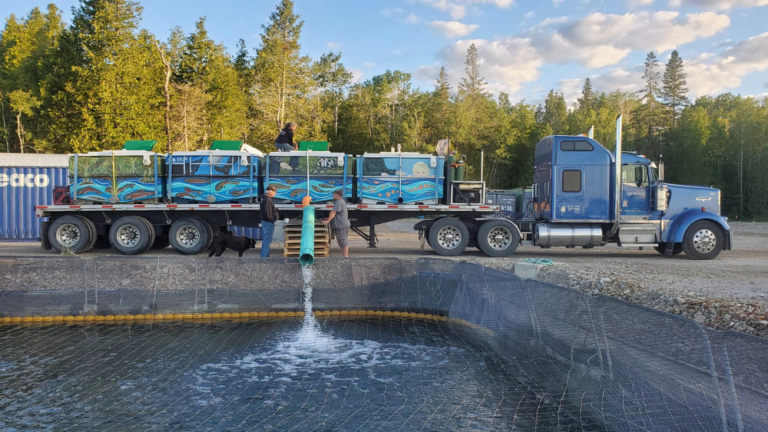
There were 1,065 lakes and rivers stocked with fish in Ontario last year — and no, it’s not Mother Nature doing the work.
Where do those “wild” fish come from? Fish farms.
The Ontario government runs nine hatcheries across the province, alongside 39 community-run operations. Whether you call them “fish culture stations” or “hatcheries,” they’re the same kind of farms we run at Springhills.
Together, these programs stocked 4.4 million young fish in 2024 — including rainbow trout, Atlantic salmon, brook trout, chinook salmon, lake whitefish, coho, lake trout, splake, walleye, and more.
Of those, 793,741 were rainbow trout. While some may be regional strains, most come from the exact same genetic sources used in commercial aquaculture.
So why stock them?
Most are released to boost recreational and commercial fishing — stocked young so they can be caught when they’re bigger. A smaller portion supports species recovery and conservation efforts.
Of course, fish stocking isn’t without controversy. Critics worry about overloading ecosystems with top-level predators in food-scarce environments, or disrupting native fish populations. But most stocking programs are widely accepted as a way to support “wild” fisheries that wouldn’t survive on their own.
And it’s not just happening in Ontario.
Take Alaska, for example — one of the world’s most iconic sources of “wild” salmon.
In 2024, about one-third of all Alaskan salmon caught commercially were actually born in hatcheries and released as juveniles. In other words, even wild Alaskan salmon had a farm-fresh start. (Alaska Salmon Fisheries Enhancement Annual Report, 2024)
Zoom out, and the scale is staggering. Worldwide, estimates range from 15 to 150 billion fish stocked into oceans, lakes, and rivers each year.
Which is why we get confused when people say they only eat wild fish — because that line between “wild” and “farmed” is seriously blurry.
There are wild fish from unsustainable sources, and farmed fish from well-managed, certified operations. And yes, the reverse is also true. That’s why we always recommend choosing seafood that’s been audited by credible eco-certifiers, like the Best Aquaculture Practices (for farms) and the Marine Stewardship Council (for wild-caught).
Maybe it’s time to take a cue from Japan — where people are less concerned about whether a fish is wild or farmed, and more focused on whether it’s delicious and sustainable.
Curious what’s being stocked in your neck of the woods? Search the Ontario Government’s fish stocking tool.


